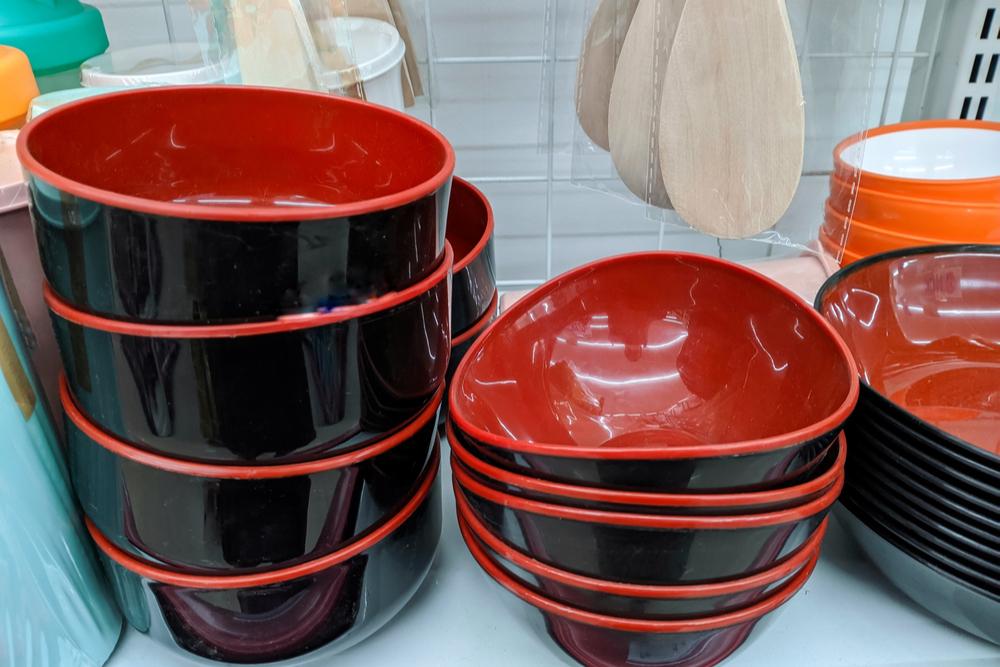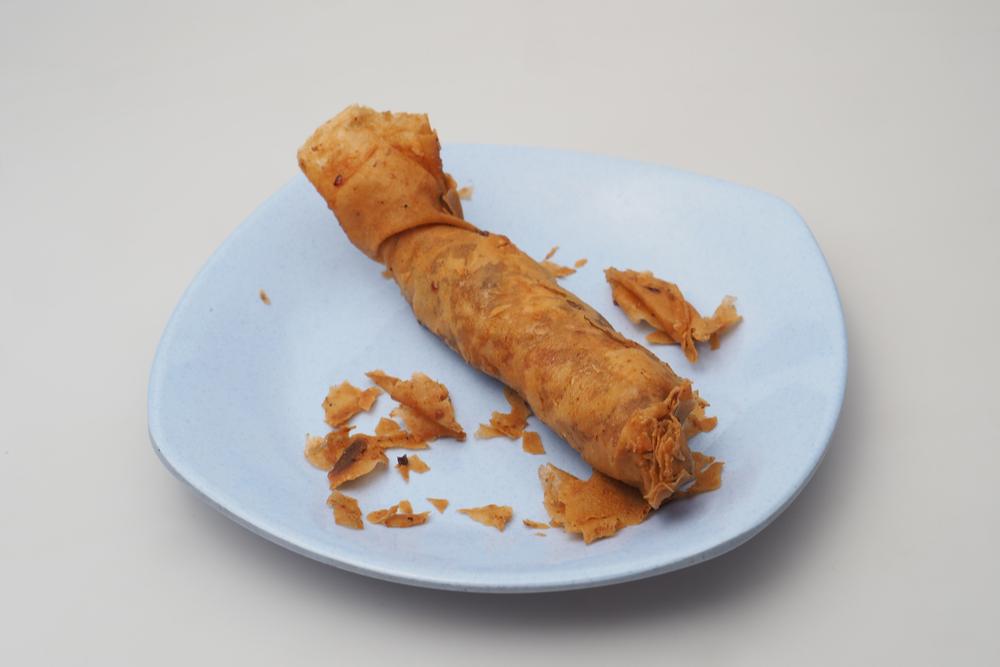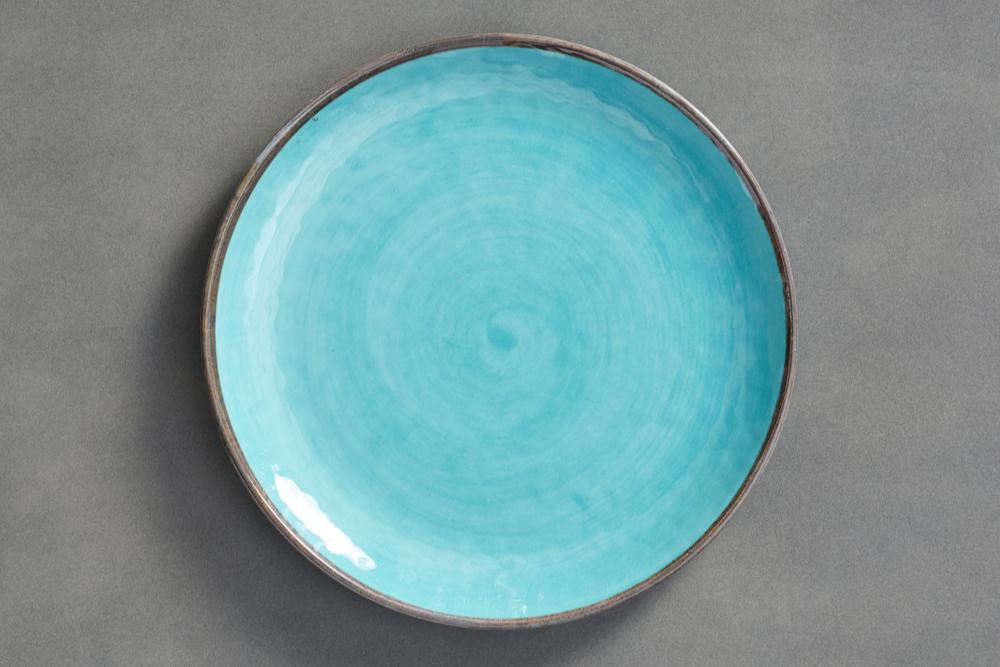Melamine Presents a Significant Risk When Exposed to High Heat
You may have heard of melamine before now. You may have some melamine tableware of your own that you’ve been holding on to for convenience or because the designs appealed to the rest of your home.
While melamine dinnerware might be an attractive addition to any dinner plate set, it might be worth asking: can you microwave melamine plates? And if not, what does that mean when using melamine dishware for hot food?
Examining the safety of melamine dinnerware is relevant to whether you can microwave food on it or not. Research into the safety of melamine dishes has only started, so not a lot has been covered in the past.

Melamine Bowls in a Storage Pantry
To give you peace of mind, make sure you check out every resource provided in this article. You’ll soon see that you can trust these conclusions and have more confidence in the information you learn here.
This article aims is to teach more about your melamine dish. You will learn:
Melamine is a chemical compound used in plastic dinnerware and other cooking utensils in the United States. It also has some industrial uses unrelated to cookware.
Recently, concerns regarding the toxicity of melamine have emerged. The concerns come from the fact that melamine plastic frequently appears in so many common household objects.
The consumption of melamine is highly toxic, as melamine contamination has raised issues in the past.
Microwaving melamine products presents a new issue closely related to the problem of melamine toxicity.
While melamine products are considered primarily harmless on their own, they could be potentially dangerous when exposed to high heat.
Some melamine dishes have lived in kitchen cabinets for decades. You might be someone who has used the same melamine dishes your whole life. You probably have also been microwaving them all these years without noticing any problems.

A Chocolate Deep Fried Banana on a Melamine Plate - Keep it Out of the Microwave
When you microwave melamine repeatedly, the issue arises because although melamine is stable at normal temperatures, it will begin to melt when exposed to high heat.
When manufacturers add melamine to dinnerware, much of it is used up in the heating process that takes place. A small amount remains, however, and it can lead to issues.
When you repeatedly microwave melamine plates, the remaining melamine dose could leak into your food. Over time, microwaving melamine dishes could cause the dishes to melt or toxins to release into your food.
Melamine dishes are not microwave-safe. The melamine dose that remains in a dish could present issues to you and your family.
However, melamine dishes are considered dishwasher safe. Although the dishwasher exposes the plates to heat, it does not raise to the same dangerous temperature as the microwave.
If your melamine dishes begin to warp or melt after repeated cycles in a dishwasher, it indicates that your dishwasher is too hot. In this case, stop putting your melamine dishes in the dishwasher. It could also indicate that your dishes simply need to be replaced.
Melamine plates are not oven-safe. Putting them in the oven, even at low temperatures, could result in severe issues for your dinnerware and your oven.
Heating melamine plates in the oven at low temperatures could cause the melamine chemical to seep into the food you’re heating, which is similar to what happens in the microwave.

Keep Melamine Plates From Your Dinnerware Set Out of the Oven!
If you try using melamine plates in the oven at a high temperature, you will end up with melted dinnerware all over your oven.
The best thing to do is keep all melamine products away from the oven. You have no reason to use a melamine serving dish in the oven. There are plenty of other dishes you can use that are oven-safe.
Based on the evidence presented thus far, it seems apparent that heating melamine plates to any temperature is a bad idea.
It would help if you never heated a dish not explicitly listed as safe for microwave or oven use. Many potential food safety dangers arise when you heat plates that aren’t heat-safe.
Although the FDA determined that a small amount of melamine consumption is tolerable, it’s still safest to avoid consuming melamine.
Microwave-safe and oven-safe dishes do not typically contain any melamine. Cooking dishes usually have ceramic in them and withstand heat well.
Eating from a melamine dish is safe. The previously mentioned study by the FDA determined that a small amount of melamine consumption is safe for the human body.
The most common way that melamine seeps into your food is through heat. The toxins are released when you expose the melamine dishes to high heat.
You may also risk melamine exposure if you use citrus fruits on your dinnerware. The acidity in things like lemons and oranges causes the melamine to escape the plastic mold.
However, eating food from a melamine dish is generally safe. If you eat hot food that you did not warm up on the plate, you are less likely to risk melamine exposure. If you eat cold food, you should have no problems at all.
Because melamine dinnerware is more than only melamine, it’s more likely that melamine will be released when exposed to heat and not when the dishes are melting. While melting is possible, it takes a great deal of heat.
Generally, you should not expose melamine dishes to temperatures above 160° Fahrenheit. However, melamine on its own can withstand much higher heat.
The chemical melamine is used in other products like coatings and popular home construction materials. Melamine combines with formaldehyde, which creates a strong link.
On its own, melamine has a melting point of 653° Fahrenheit.
Melamine is not the only dinnerware you should keep out of the microwave. Many plates and cooking dishes are dangerous when heated in the microwave.
Some of the most common examples include dishes that contain stainless steel, copper, or other hard metals. The compounds reflect microwaves, leading to increased heat and house fires.
Never put a metal container in the microwave.
Other items that you should never microwave include:
You should exercise caution before putting anything in the microwave. Do not microwave dinnerware that is not clearly labeled microwave-safe.
Melamine poisoning can occur if people consume food or drink that has been contaminated with Melamine at levels above the FDA guideline of around 2,500 parts per billion. The poisoning affects kidneys the most and symptoms may include kidney failure, kidney infection and potentially even death.
Melamine migration is the transfer of melamine that is present within melamine tableware into the food that people are ingesting. Food and drink should not be heated on melamine plates in a microwave according to the FDA as high heat can speed up this migration and pose potential health risks.
